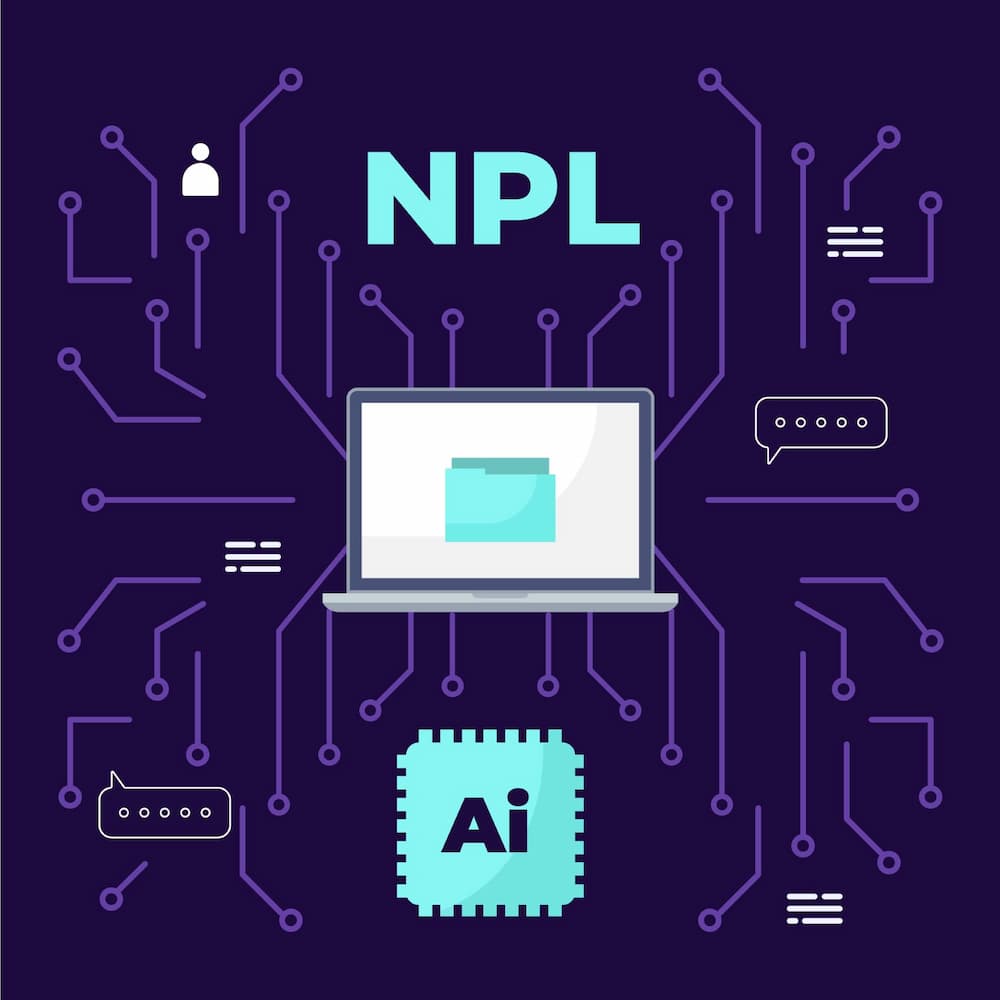
What is NLP Modeling?
Artificial intelligence’s Natural Language Processing (NLP) Modeling subfield examines how computers and human language interact. It involves developing algorithms and computational models to understand, process, and generate human language. NLP models can perform various tasks such as text classification, sentiment analysis, speech recognition, machine translation, and more.
Artificial intelligence solutions envision creating machines that imitate human intelligence and behave like us. According to the erudite scholar Yuval Noah Harari, language sets humans apart from other animals. Many consider it to be the most significant achievement of homo sapiens, one which has enabled us to cooperate in large numbers with each other.
These models use statistical and machine learning techniques to analyze and manipulate natural language data. NLP techniques are used in many industries, including healthcare, finance, e-commerce, and social media, to improve customer service, automate tasks, and gain insights from text data.
NLP Techniques and Applications
NLP techniques can be classified into several categories, such as syntactic analysis, semantic analysis, and pragmatic analysis. The syntactic analysis involves analyzing language structure, such as identifying parts of speech, parsing sentences, and building syntax trees.
Semantic research focuses on the meaning of language, such as identifying entities, recognizing named entities, and detecting sentiment. The pragmatic analysis deals with language context, such as understanding the speaker’s intention, recognizing speech acts, and identifying discourse relations.
Some Examples of NLP Applications are:
- Chatbots and Virtual Assistants
- Sentiment Analysis
- Text Summarization
- Language Translation
- Spell Check and Grammar Correction
- Speech Recognition
- Named Entity Recognition
- Part-of-speech Tagging
- Text Classification
NLP Modeling Techniques
NLP techniques can be classified into rule-based models and statistical models. Rule-based models use a set of predefined rules and linguistic knowledge to analyze and process language. Statistical models use machine learning algorithms to learn patterns and relationships from data.
Some standard statistical models used in NLP are:
- Hidden Markov Models (HMMs)
- Conditional Random Fields (CRFs)
- Support Vector Machines (SVMs)
- Recurrent Neural Networks (RNNs)
- Convolutional Neural Networks (CNNs)
- Transformer Models (such as BERT, GPT-2, and T5)
Challenges and Future Directions
NLP modeling faces several challenges, such as handling ambiguity, dealing with the complexity of human language, and addressing ethical concerns such as bias and privacy.
In the future, NLP research will focus on developing more advanced models that can handle more complex language tasks, improving the interpretability and explainability of models, and addressing ethical concerns.
Uses and Importance of Natural Language Processing (NLP) Modeling:
1. Automating Customer Service
Automating customer service is one of the crucial uses of NLP modeling. Virtual assistants and chatbots can handle consumer orders, respond to commonly asked queries, and offer customer service.
For example, companies like H&M and Pizza Hut use chatbots to take customer queries and orders.
2. Improving Search Engines
Search engines like Google use NLP techniques to improve search results. NLP can help to understand the intent of a user’s query, extract relevant information from web pages, and provide more accurate search results.
For example, Google’s natural language search allows users to ask complex questions and get relevant answers.
3. Enhancing Sentiment Analysis
The sentiment of text data may be analyzed and understood using NLP, which is significant for many applications, including social media monitoring, managing a brand’s reputation, and analyzing consumer feedback.
For example, Twitter and Facebook use sentiment analysis to identify and remove hate speech and abusive content.
4. Improving Language Translation
NLP models can improve language translation by understanding the structure and meaning of sentences in many languages.
For example, Google Translate uses NLP models to translate text from one language to another.
5. Personalizing Recommendations
NLP can personalize user recommendations based on their interests and preferences.
For example, Amazon uses NLP to recommend products to customers based on their search history, browsing behavior, and purchase history.
6. Enhancing Healthcare
NLP can also improve healthcare by analyzing electronic health records, clinical notes, and medical literature.
For example, NLP can help to extract relevant information from medical records to aid in diagnosis and treatment decisions.
7. Improving Education
NLP improves education by analyzing and understanding student performance and providing personalized feedback.
For example, NLP may review student writing and offer grammar, style, and content comments.
Conclusion
This article discusses the basics of NLP modeling, such as text preprocessing, feature extraction, and machine learning algorithms. We have also highlighted the importance of understanding the context and nuances of human language and the challenges involved in processing unstructured text data.
Furthermore, we have discussed various advanced NLP techniques, such as neural networks and deep learning, which are being used to improve the accuracy and efficiency of NLP models.
Overall, NLP modeling is a rapidly evolving field with tremendous potential in various applications, including chatbots, language translation, sentiment analysis, and more. By mastering the basics and exploring advanced techniques, NLP practitioners can unlock the full potential of this powerful tool to extract valuable insights from human language data.